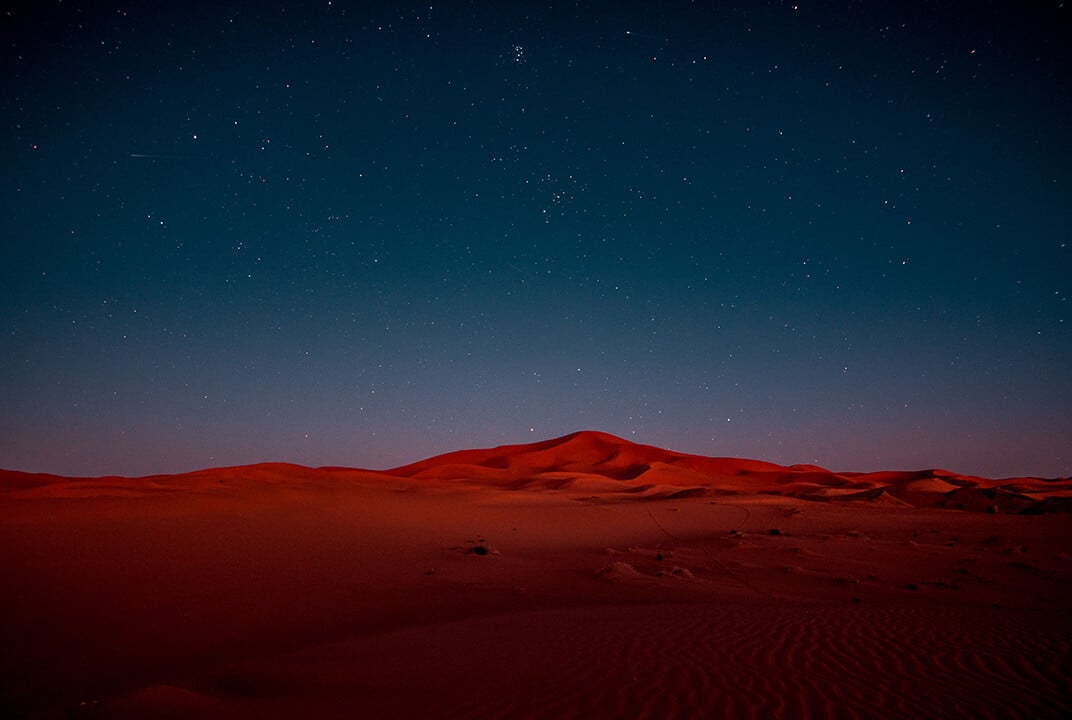Scientists use BGAN to share expedition data in real time
Explorers to Africa’s last wetland wilderness are changing the face of future wildlife and scientific expeditions by sharing data in real time via Inmarsat’s BGAN.
Scientists have been sending data back from the Okavango Delta in Botswana – a haven of biodiversity and home to 550 species of bird and the largest population of elephants and hippos in the world.
Inmarsat’s connectivity has allowed followers around the world to experience the expedition first-hand, as well as raise awareness via Twitter, Facebook, blogs and videos on National Geographic.
Encroaching development
Okavango Wilderness Project conservationists John Hilton and Dr Steve Boyes of the Wild Bird Trust, data artist Jer Thorp, conservation engineer Shah Selbe and adventurer Gregg Treinish are now preparing for a three-month expedition down the full length of the Okavango River from June to August 2015.
They hope data from the delta – proclaimed as the 1000th World Heritage Site by UNESCO this year – will help it become as famous as the Barrier Reef and the Amazon and protect it from encroaching development.
They will be using a Hughes 9202 Wi-Fi-enabled BGAN terminal and Inmarsat’s IsatPhone Pro satellite phone.
Largest expedition
“Our next expedition is going to be the largest we’ve ever undertaken as it will take us from the source of the Cuito River in Angola down into the Okavango and onwards across the delta and ultimately into the Boteti River which ends in the sands of the Kalahari desert – travelling 1,700 km (1,056 miles) in dug-out canoes from source-to-sand,” said John.
“We’ll be collecting multiple streams of scientific data to establish the data-set necessary to establish a system of protected areas that preserves an important section of the river and potential eco-tourism development areas.
“We want people to feel like they’re travelling with us as we cross a vast wilderness with great herds of elephant and buffalo, still migrating freely, lions calling through the night, and the abundant life of the Kalahari finding refuge.
Reliable communications
“This is why it’s vital that at least once a day we’re able to establish a reliable communications link – one that provides us with ordinary connectivity in extraordinary places, and Inmarsat does just that.”
Jer added: “By making the data available, we increase the number of people who can learn more about the delta. Why have data from an expedition only available to one research group when you can make it available to everyone? There’s an ethical obligation since the data is owned by the delta.”
And Shah commented: “It completely flips the old model of expeditionary data collection to create an opportunity for students, scientists, technologists, artists and conservationists to get involved.”
Inspiring students
The team also hope to continue to inspire future adventurers. Last year, schools and universities followed the expedition via Google Hangout, Twitter, and the website.
The expedition came about in 2013 when the Wild Bird Trust teamed up with the Office for Creative Research and New York University to set up a public interface to provide real time access to all expedition data.
This year’s 17-day expedition saw the scientists travelling 300km (186 miles) along the delta as they tested mapping, research apps, film production requirements, and power supply systems.
For next year’s expedition, the team is building a customised ‘data boat’ – a traditional vessel called a mokoro, a dug-out canoe, that will house all of the scientific instruments needed for measuring environmental conditions, water quality, as well as kits for sharing audio, video and photos live and online.

